Description
Introduction to Frastahar Village
Frastahar Village also known as Frasthar, located in the Baramulla district of Jammu & Kashmir, India, is a quaint settlement steeped in history and cultural richness. Nestled within the Baramulla Block and close to the bustling town of Baramulla—a pivotal hub for trade and economic activities—the village is a testament to the serene and rustic charm of rural Kashmir. Its strategic location near Baramulla town not only makes it accessible but also connects it to the larger socio-economic dynamics of the region.
Surrounded by breathtaking natural beauty, Frastahar is framed by lush green fields, dense forests, and the majestic Himalayan mountains that form an awe-inspiring backdrop. The village exudes a tranquil vibe, offering an idyllic escape from the chaos of urban life. Life in Frastahar moves at a gentle pace, reflecting the simplicity and harmony of traditional Kashmiri rural living.
Population and Urbanisation
The village has a modest and closely-knit population. The village is home to approximately 2396 residents, predominantly consisting of families that have resided here for generations. The demographic structure reflects a balance between youth and elderly residents, with a significant number engaged in traditional occupations such as farming, horticulture, and handicrafts. The population density is low compared to urban centers, offering a peaceful and spacious living environment. The community is culturally rich and deeply rooted in the customs and traditions of Kashmir, fostering a strong sense of unity and belonging among its residents.
Urbanization has started to make its mark on Frastahar Village, albeit at a slower pace compared to towns and cities in the Baramulla district. The village retains much of its rural character, with agriculture remaining the primary source of livelihood. However, proximity to Baramulla town has brought gradual changes, including improved access to education, healthcare, and markets. Some modern infrastructure developments, such as better roads and communication facilities, have enhanced connectivity and influenced lifestyle changes.
Despite these advancements, Frastahar has managed to preserve its traditional charm, resisting rapid urban sprawl. The residents have adapted to modern amenities without compromising the village’s cultural and environmental ethos, making it a harmonious blend of tradition and modernity.
Historical Significance
Frastahar Village, nestled in the Baramulla district of Jammu & Kashmir, holds a unique place in the region's historical tapestry. While specific historical records about the village are sparse, its location within the culturally rich Baramulla district ties it to the larger historical narrative of Kashmir.
Baramulla, founded by Raja Bhimsena in 2306 BC, has long been a significant cultural and trade center, and villages like Frastahar have contributed to its heritage. The district has witnessed visits by notable historical figures, such as the 15th-century Muslim saint Syed Janbaz Wali and the sixth Sikh Guru, Guru Hargobind, in 1620 AD. These events underscore the spiritual and cultural importance of the region, shaping the traditions and values still evident in Frastahar today.
The village also reflects the Mughal influence that pervades the area, as emperors like Akbar and Jahangir frequented Baramulla during their reigns. The surrounding natural beauty and the traditional way of life in Frastahar resonate with the historical charm that characterizes the broader district.
Cultural Heritage
Frastahar Village in Baramulla, Jammu & Kashmir, is a microcosm of the region's rich and vibrant cultural heritage. Deeply rooted in Kashmiri traditions, the village reflects the essence of a culture shaped by centuries of history, spirituality, and natural beauty.
The cultural practices in Frastahar are distinctly Kashmiri, evident in its cuisine, attire, festivals, and daily life. The renowned Wazwan, a traditional Kashmiri multi-course feast, is an integral part of the village’s culinary identity. Prepared with great care and served during celebrations, this delicacy reflects the hospitality and communal spirit of the residents.
Traditional attire, such as the pheran, a long woolen cloak, is commonly worn by the villagers, symbolizing both practicality and cultural pride. In earlier times, women adorned themselves with kundalas, large circular earrings, adding to the unique cultural aesthetic of the region.
Frastahar’s cultural heritage also shines through its religious diversity, with both mosques and gurdwaras serving as spiritual centers for the predominantly Muslim and Sikh population. The village celebrates major festivals like Eid and harvest festivals, marked by communal prayers, feasts, and vibrant gatherings, showcasing the unity and shared traditions of the community.
Handicrafts, such as Pashmina shawls, woodwork, and carpets, are an integral part of the village's identity, reflecting Kashmir’s age-old artistic excellence. These crafts not only sustain the local economy but also preserve the artistic legacy of the region.
Through its lifestyle, traditions, and community values, Frastahar stands as a living testament to Kashmir’s enduring cultural heritage, blending simplicity and sophistication in its everyday life.
Principal Attractions
The village offers visitors a serene retreat into the natural and cultural beauty of the region. Though a small village, it is surrounded by attractions that showcase the scenic splendor and unique heritage of Kashmir.
The nearby Jhelum River is a prominent attraction, renowned for its tranquil waters and breathtaking views. The river not only adds to the natural beauty of the area but also serves as a lifeline for the local community. Visitors often enjoy its serene ambiance while engaging in leisurely activities along its banks.
The region is also home to expansive apple orchards, with Frastahar contributing to Baramulla's reputation as the largest producer of horticultural products in the state. During the harvest season, the orchards come alive with activity and vibrant colors, offering a visual treat to visitors.
For nature enthusiasts, the lush hills and forests surrounding the village provide ample opportunities for trekking, bird-watching, and photography.
A short distance from Frastahar, attractions like the Baramulla Eco Park and the Khilanmarg Valley offer stunning landscapes and a chance to connect with nature.
Conservation and Sustainability
The serene hamlet is not only a hub of natural beauty and cultural heritage but also a place where the importance of conservation and sustainability is increasingly recognized. Efforts are being made to preserve its pristine environment, which includes lush forests, fertile agricultural lands, and rich biodiversity. The residents are actively involved in promoting eco-friendly practices such as sustainable farming, organic horticulture, and responsible tourism to ensure that the natural resources of the region remain intact for future generations.
The community also participates in initiatives aimed at protecting endangered species, like the Hangul deer, and conserving the Jhelum River, which is vital to the local ecosystem. Emphasis is placed on maintaining the ecological balance, reducing pollution, and fostering awareness about environmental stewardship. These practices not only safeguard the environment but also strengthen the village’s identity as a harmonious blend of tradition and modern ecological mindfulness.
Such sustainable efforts not only support the local economy but also align with global calls for environmental conservation, making this settlement a model of balanced coexistence between human activity and nature. Visitors are encouraged to respect and participate in these initiatives, adding a meaningful dimension to their experience in this enchanting region.
Economy Activities
The economy of this quaint village thrives on a foundation of traditional and locally sustainable practices that reflect the resourceful nature of its people. Agriculture is the cornerstone of economic activity, with residents primarily cultivating staple crops like rice and maize, along with an impressive range of vegetables. The region is particularly renowned for its horticulture, with apple and walnut orchards standing as vital sources of income and contributing significantly to the local economy. These orchards produce high-quality fruits that are sold both within Jammu & Kashmir and to other parts of India, making horticulture an essential economic driver.
In addition to agriculture, the village has a vibrant handicrafts sector. Artisans produce exquisite Kashmiri crafts, such as Pashmina shawls, carpets, and woodwork, which hold both cultural value and commercial appeal. These traditional crafts are not only a source of income but also help preserve the artistic heritage of the region, attracting buyers and collectors.
While the economy remains largely rural, small business ventures, such as general stores and local markets, support the community by providing essential goods and services. This blend of agriculture, handicrafts, and local trade forms a resilient economic base that enables the community to sustain itself while preserving its cultural and ecological identity.
Healthcare and Education
Healthcare and education are two essential pillars of community well-being and development in this village. Access to healthcare is gradually improving, with primary health centers and clinics established within the vicinity to cater to the residents' medical needs. Though specialized medical facilities may still be limited, the village benefits from government initiatives and health camps, which provide basic healthcare services and periodic check-ups. Traditional healing practices are also a part of the community’s approach to wellness, blending with modern healthcare to address residents health concerns.
Education plays a crucial role in shaping the future of the younger generations here. The village has primary and secondary schools that provide foundational education, while many students travel to nearby towns for higher studies. With a growing focus on literacy, education initiatives and scholarship programs are helping students pursue further studies and skill development. Together, healthcare and education initiatives are gradually transforming the village, contributing to an improved quality of life and fostering a hopeful future for its residents.
Flora and Fauna
The village is renowned for its rich biodiversity, encompassing a wide variety of plant and animal species that thrive in its unique alpine ecosystem. Towering trees such as Silver Fir, Chinar, Blue Pine, and Silver Birch dominate the landscape, adding to the natural beauty and ecological significance of the area. These trees play a crucial role in maintaining the environmental balance while also contributing to the cultural and economic practices of the local community.
The fauna of the region is equally remarkable, featuring species like the Himalayan Black Bear and the critically endangered Kashmir Stag (Hangul), which are integral to the area's ecological fabric. Additionally, the region is a haven for birdlife, hosting vibrant species such as the Himalayan Monal and Koklass Pheasant, which attract birdwatchers and nature enthusiasts. The combination of lush vegetation and diverse wildlife highlights the importance of preserving this ecological treasure for generations to come.
Sports and Recreation
Sports and recreational activities play a vital role in the daily life and social cohesion of the region. While cricket remains the most popular sport, with local tournaments and matches frequently drawing large crowds, other traditional and modern sports are also enjoyed. Hockey, in particular, holds a significant place in the hearts of the community, with both local matches and camps organized throughout the year.
Recreational activities are not limited to organized sports; the stunning natural surroundings offer ample opportunities for outdoor pursuits such as trekking, hiking, and bird watching, contributing to the area's appeal for eco-tourism. The region’s seasonal variations enhance the recreational experience, with visitors enjoying various activities during the vibrant spring and summer months, while winter brings opportunities for snow sports. These activities not only foster physical well-being but also strengthen the sense of community and promote an active lifestyle.
Social and Community Initiatives
Social and community initiatives are essential to the well-being and development of the region, focusing on uplifting the lives of marginalized groups and fostering a sense of unity. Local efforts are directed towards improving education, healthcare, and employment opportunities, especially for vulnerable populations. Various programs offer free education, vocational training, and skill development to empower individuals, particularly women and youth, and help them secure stable employment.
Healthcare services are enhanced through regular health camps, mobile clinics, and preventive care initiatives, ensuring that those in remote areas have access to essential medical services. Furthermore, community-driven conservation and sustainability projects, such as the preservation of medicinal plants and natural habitats, encourage collective action and environmental responsibility. These initiatives reflect the resilience and strong communal ties, ensuring a future that values progress, inclusivity, and sustainability.
Photos
Videos
Location Map
Contact Information
| Address |
Baramulla,Kashmir |
| Phone Number |
9906612376 |
| Website | https://search.app?link=https%3A%2F%2Fvillageinfo.in%2Fjammu-%26-kashmir%2Fbaramula%2Fbaramulla%2Ffrastahar.html&utm_campaign=aga&utm_source=agsadl2%2Csh%2Fx%2Fgs%2Fm2%2F4 |
Reviews (3)


Good!

very nice








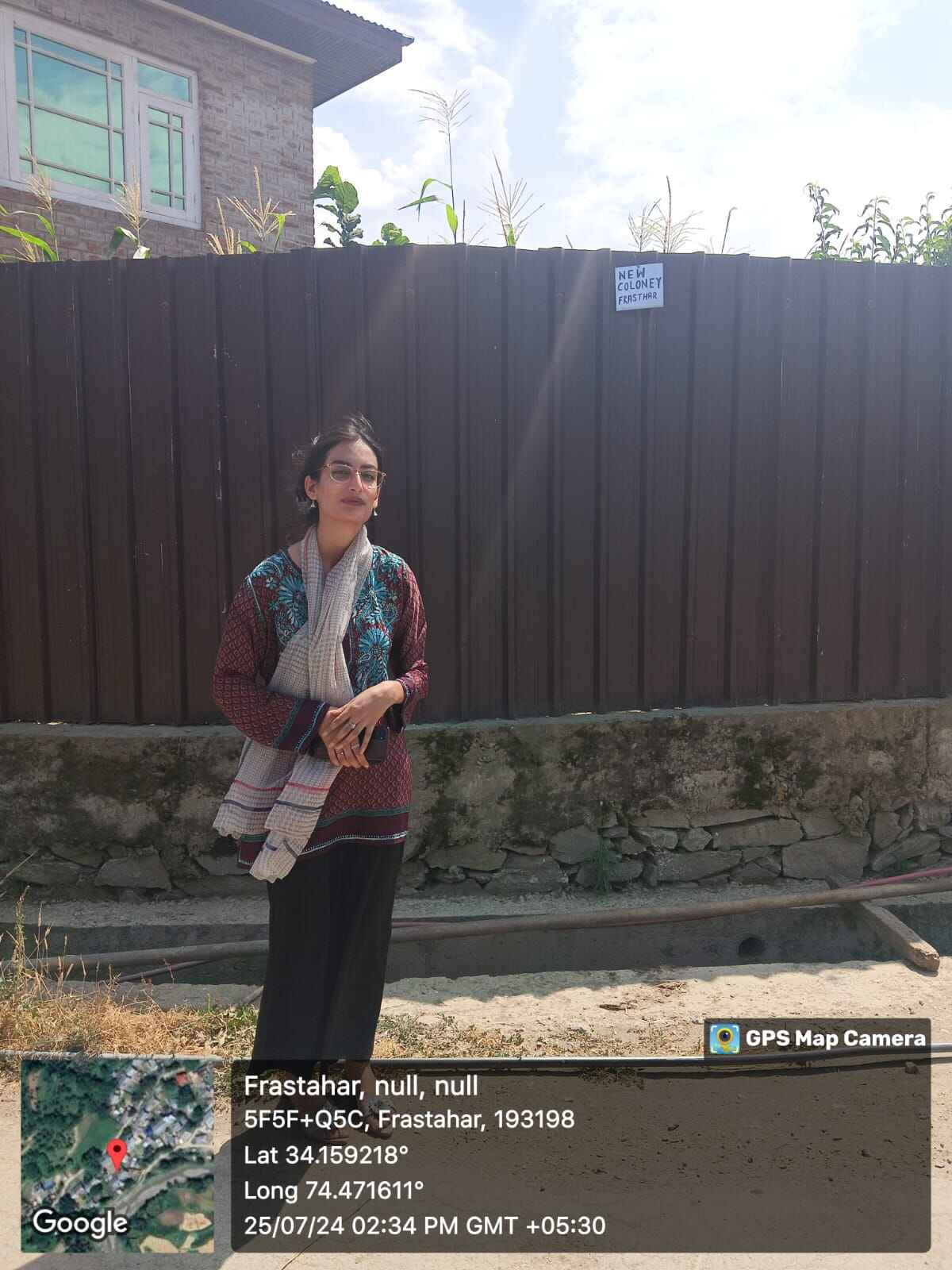
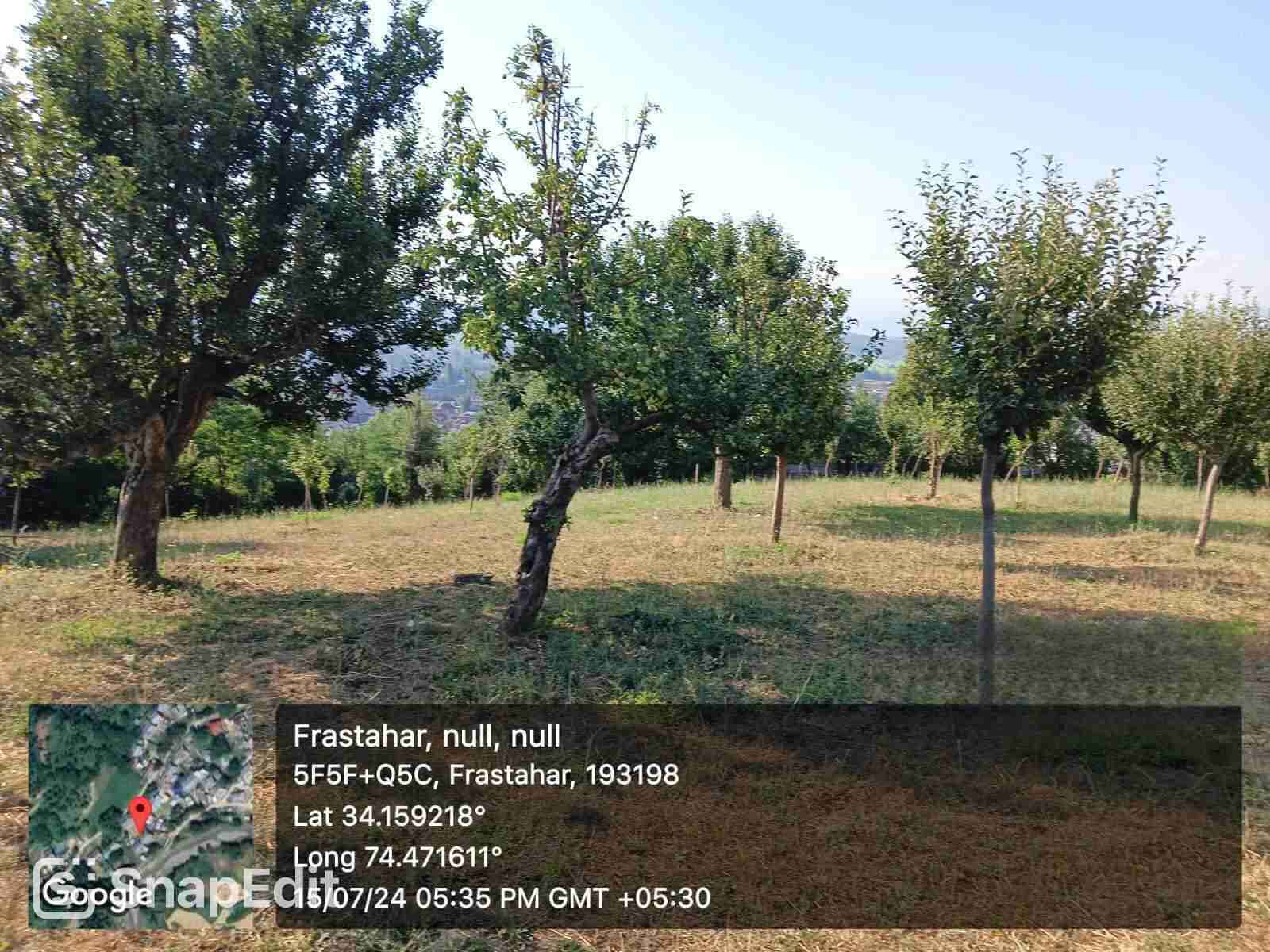

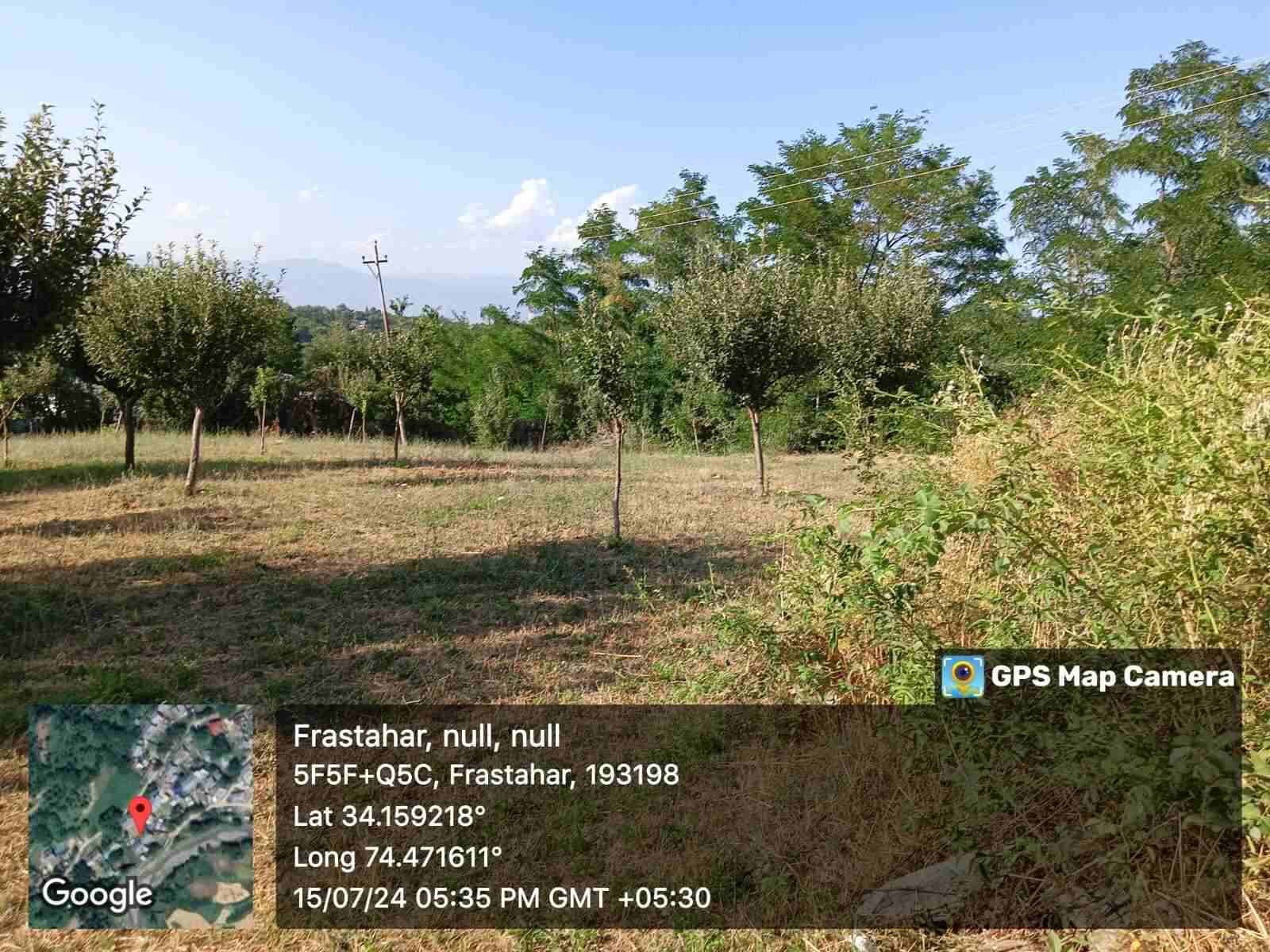






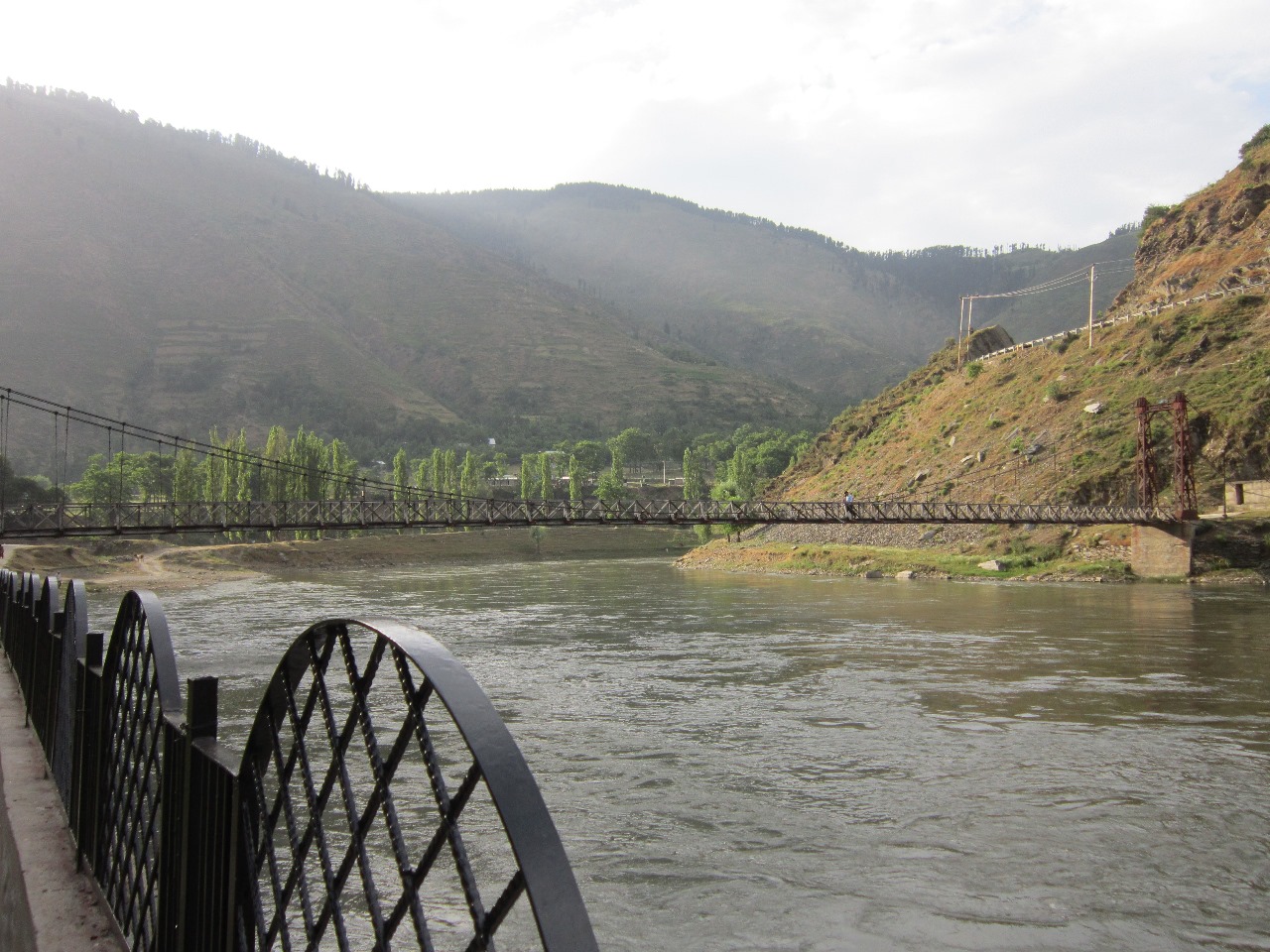









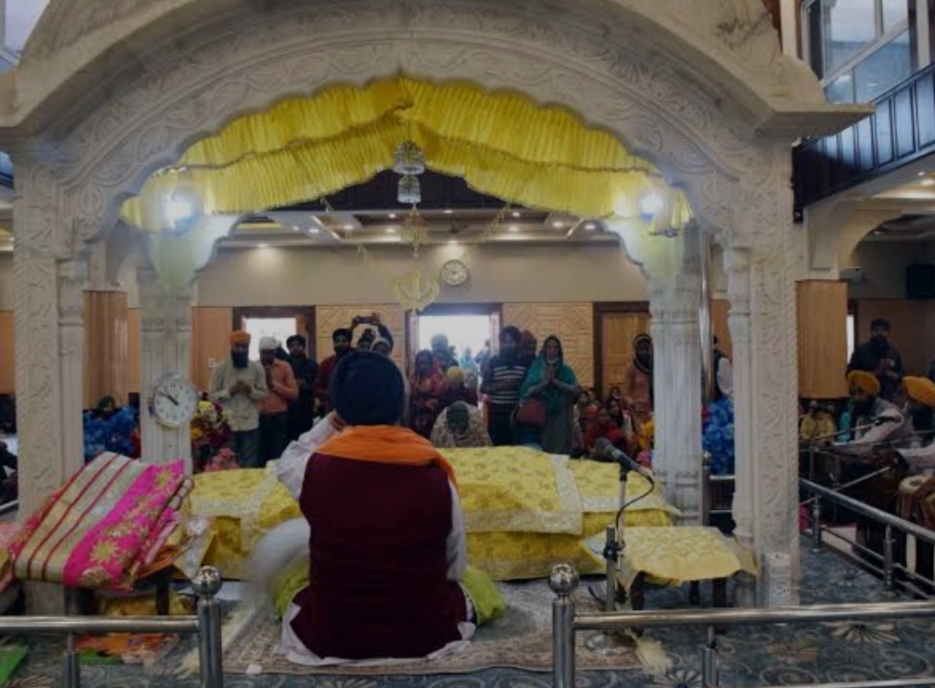
















very nice village